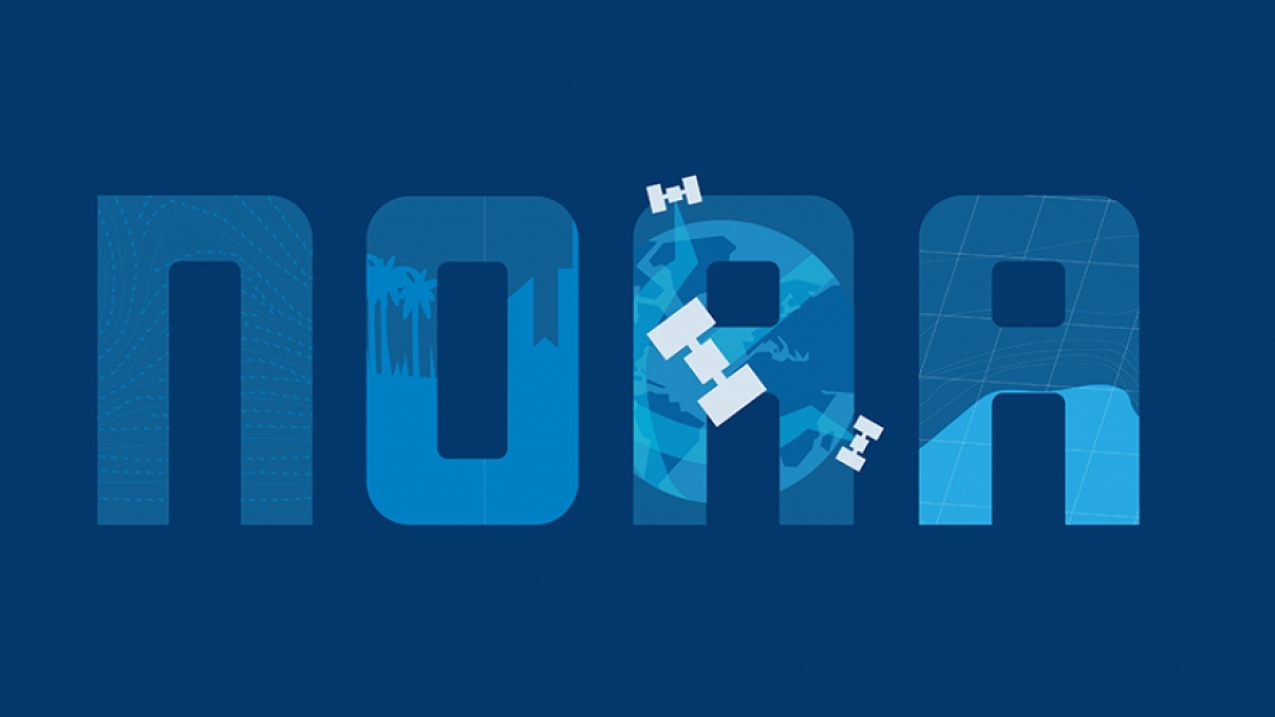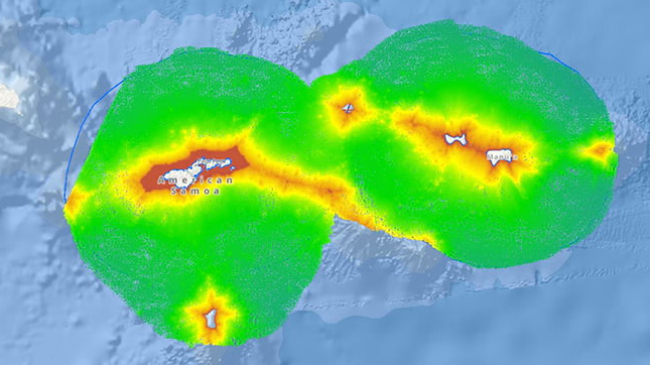Chart gives commercial vessels a safer transit into port
Ships entering the Port of Charleston will have a new and improved nautical chart that covers a larger area to ensure safer navigational approaches into the harbor.

Welcome to noaa.gov (Image credit: NOAA)
Available on the 4th of July, new chart 11525 (Charleston Harbor Entrance and Approach) replaces the old chart 11523 (Charleston Harbor Entrance). It expands chart coverage further east, covering an additional 345 square nautical miles that wasn’t on the old chart.
Update, 7/30/2014: NOAA chart 11525 has been withdrawn and re-issued as chart 11528. Please contact us if you have any questions.
The new nautical chart 11525 extends eastward, to cover an additional pilot boarding area for vessels headed to the Charleston Harbor. The red lines (not included on the actual chart) show the limits of the old chart 11523. (Click for a high resolution image. Credit: NOAA)
“The creation of this chart directly responds to requests made by Charleston pilots, who bring in larger ships with deeper drafts than they did when we made the original harbor chart in 1936,” said Rear Admiral Gerd Glang, director of NOAA’s Office of Coast Survey. “This new chart will meet current needs and, even more important, the future needs of maritime commerce in the Port of Charleston.”
In addition to consulting with the pilots in creating the new chart, Coast Survey cartographers also worked with the U.S. Army Corps of Engineers, which is reviewing a proposed deepening project at Charleston to handle the bigger ships that are expected with the expansion of the Panama Canal.
Since the first edition of the current chart was published in 1936, multiple deepening projects have displaced the sea buoy and channel entrance over nine nautical miles to the east — areas the chart did not cover. The new and updated chart will now include the area where pilots board the deep draft vessels as they prepare to guide them into the harbor.
The new chart will be available as a paper nautical chart from NOAA-certified printing agents, as a free PDF digital download, and as a free raster navigational chart for electronic display systems. The corresponding electronic navigational chart US5SC25M will be available for download by September.
NOAA’s Office of Coast Survey is the nation’s nautical chartmaker. Originally formed by President Thomas Jefferson in 1807, Coast Survey updates charts, surveys the coastal seafloor, responds to maritime emergencies, and searches for underwater obstructions that pose a danger to navigation. Follow Coast Survey on Twitter @nauticalcharts, and check out the NOAA Coast Survey blog at noaacoastsurvey.wordpress.com offsite link for more in depth coverage of surveying and charting.
NOAA’s mission is to understand and predict changes in the Earth's environment, from the depths of the ocean to the surface of the sun, and to conserve and manage our coastal and marine resources. Join us on Facebook, Twitter, Instagram and our other social media channels.
Contact:
Dawn Forsythe, NOAA
301-713-2780 x144



